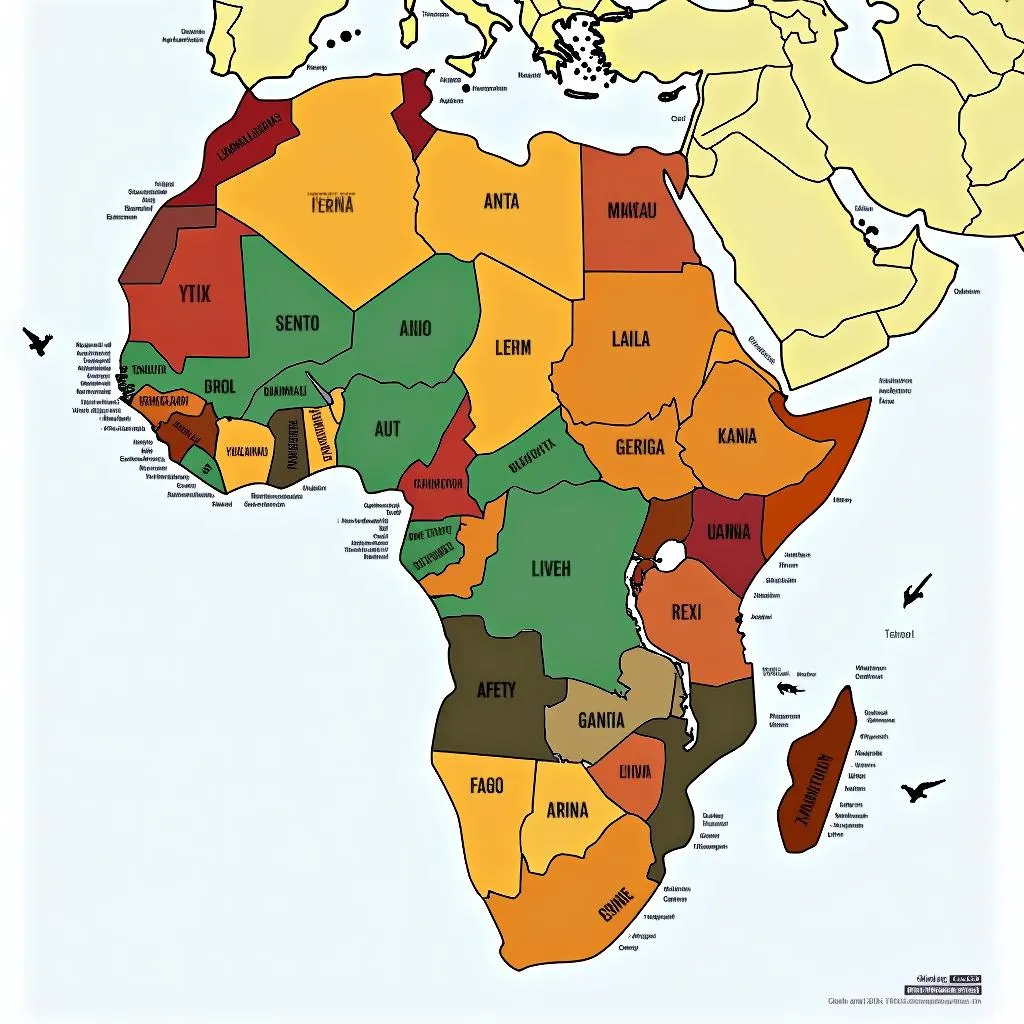African Barn Owl: A Nocturnal Hunter with Striking Features
The African Barn Owl (Tyto alba affinis), a majestic bird of prey, is a captivating resident of the African continent. This owl, renowned for its heart-shaped face and silent flight, holds a significant place in African ecosystems. Its haunting hoots and elusive nature have sparked curiosity and wonder among people for centuries.
An Overview of the African Barn Owl
The African barn owl is a medium-sized owl, typically measuring around 35-40 cm in length with a wingspan of about 90-100 cm. Its plumage is predominantly buff-colored, beautifully patterned with dark streaks and spots. The owl’s most striking feature is its heart-shaped face, formed by the arrangement of its facial feathers that act like a radar dish, channeling sound towards its sensitive ears.
Habitat and Distribution
The African barn owl thrives in a variety of habitats across the continent, including grasslands, savannas, woodlands, and even urban areas. They are adept at adapting to human-modified landscapes, often making their homes in abandoned buildings, barns, and tree hollows.
Diet and Hunting Techniques
This nocturnal predator primarily feeds on small mammals, including rodents, shrews, and bats. The African barn owl employs its exceptional hearing to pinpoint the location of prey even in complete darkness. Its silent flight allows it to swoop down undetected upon its unsuspecting victims.
“The African barn owl’s hunting techniques are truly remarkable,” says Dr. Aisha Mohamed, a renowned ornithologist at the University of Dar es Salaam. “Their ability to locate prey in the dark using sound alone is a testament to the power of nature.”
Breeding and Nesting
The African barn owl is a monogamous species, with pairs forming strong bonds and sharing responsibilities in raising their young. They nest in cavities, often in abandoned buildings or tree hollows, lining their nests with soft materials such as feathers and grasses. The female typically lays 3-5 white, spherical eggs, which are incubated for about 30 days.
Conservation Status
While the African barn owl is not currently considered endangered, their populations have declined in some areas due to habitat loss, pesticide use, and human persecution. Conservation efforts are underway to protect this fascinating species and its role in maintaining ecological balance.
Cultural Significance
The African barn owl holds significant cultural significance in many African communities. In some traditions, it is seen as a symbol of wisdom, mystery, and the supernatural. Its haunting hoots are often associated with omens or warnings.
Key Takeaways
- The African barn owl is a unique and captivating bird of prey.
- Its striking features, including its heart-shaped face and silent flight, make it a fascinating creature to observe.
- The owl plays a vital role in controlling rodent populations, contributing to ecosystem balance.
- Conservation efforts are essential to ensure the long-term survival of this species.
FAQ
Q: What are the African barn owl’s calls like?
A: The African barn owl has a distinctive hooting call that is often described as a haunting or eerie sound. It can also make hissing sounds as a defense mechanism.
Q: Are African barn owls dangerous to humans?
A: No, African barn owls are not dangerous to humans. They are primarily nocturnal predators and are not known to attack people.
Q: Where can I see African barn owls?
A: African barn owls can be found in a variety of habitats across the continent, including grasslands, savannas, woodlands, and even urban areas. They are often seen near abandoned buildings, barns, and tree hollows.
Q: What are the biggest threats to African barn owl populations?
A: Habitat loss, pesticide use, and human persecution are the main threats to African barn owl populations.
Q: What can I do to help protect African barn owls?
A: You can help protect African barn owls by supporting conservation organizations, reducing pesticide use, and creating awareness about their importance.


